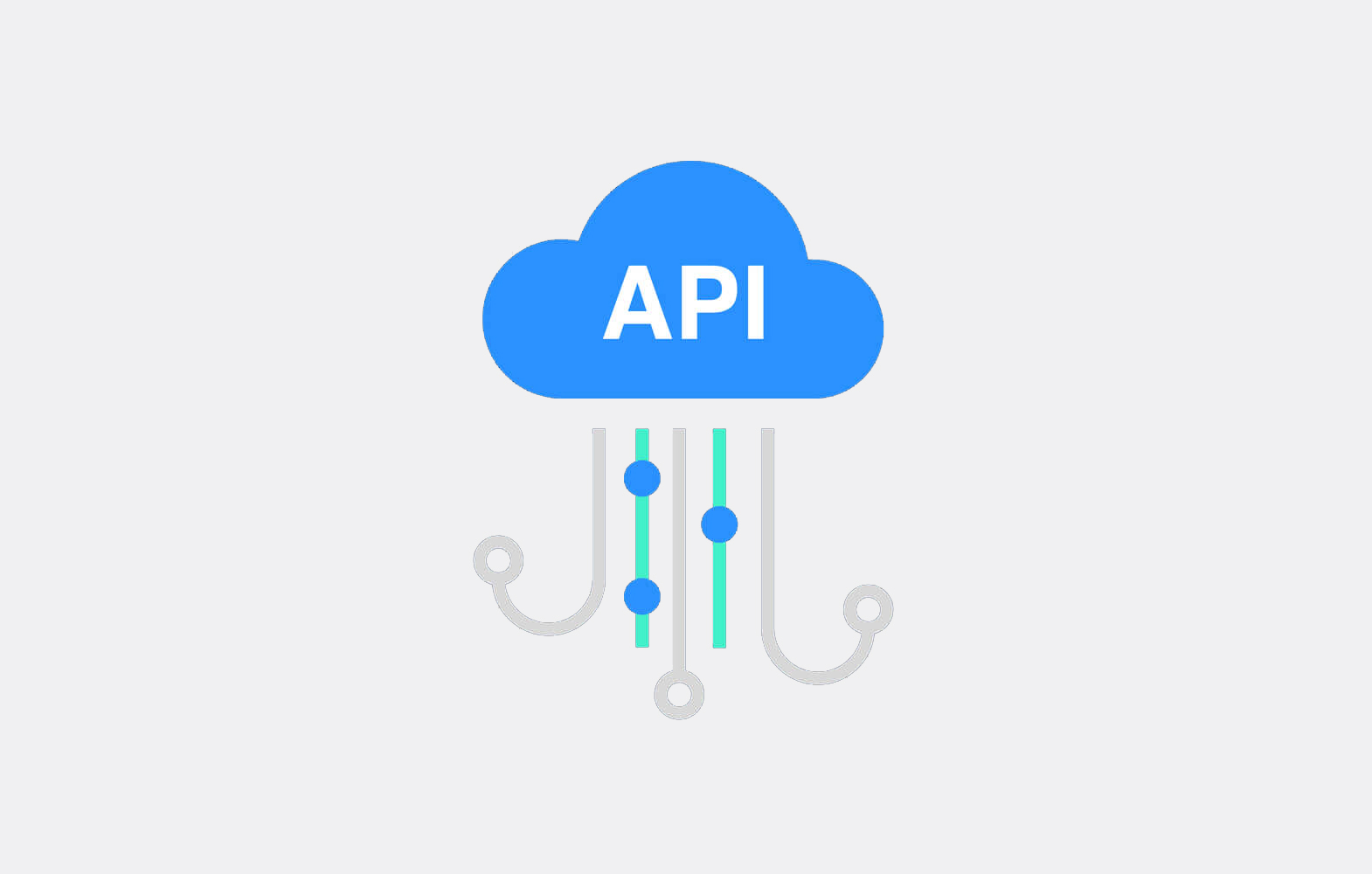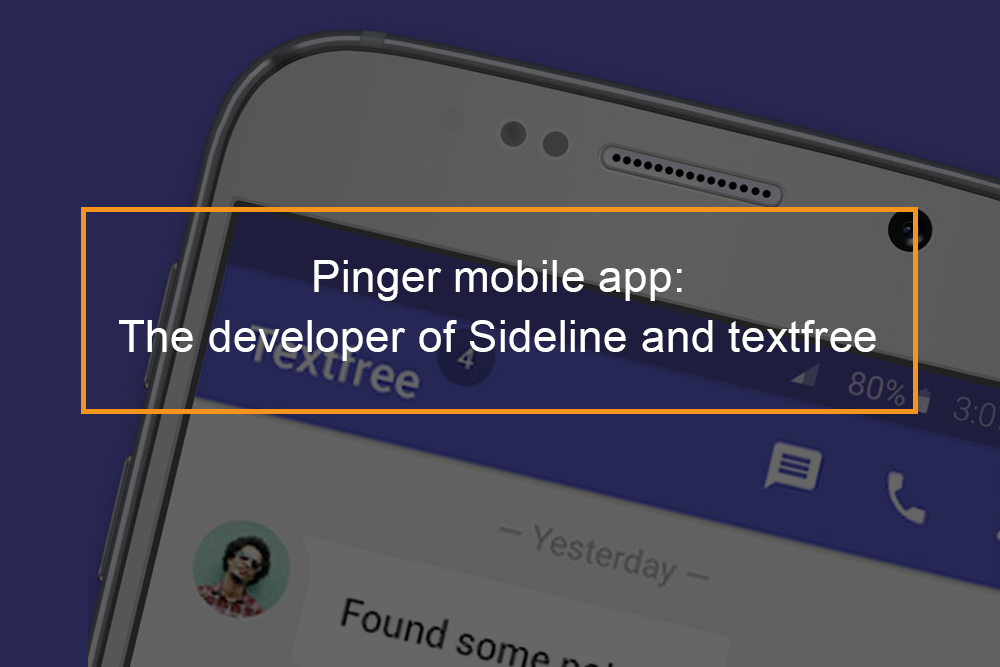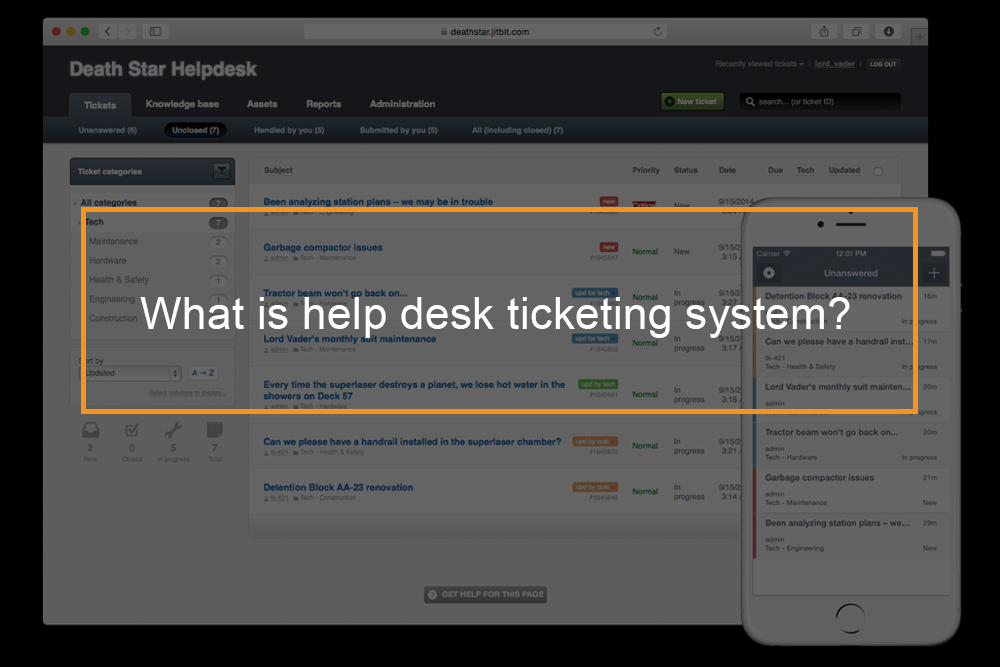Can We Do Functional Testing Using API?
Table of Content:
- Getting Started With API Testing
- What Is API Testing?
- What You Require To Start API Testing
- What Kinds of API Testing Can I Do?
- Automated Testing Tools vs Manual Testing Tools
- Application Programming Interface testing Best Practices
- Start Testing Your APIs Today
- Why You Should Functionally test APIs, and GUI Testing is not Adequate
- The Functional API Testing Challenge
- The API Automated Functional Testing Solution)
Getting Started With API Testing
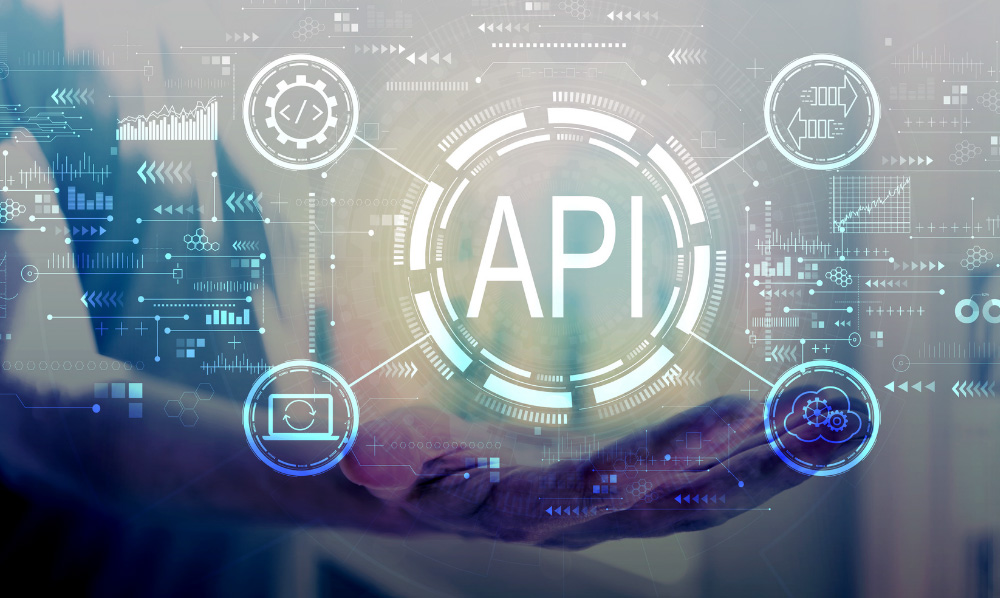
We are committed to making Application Programming Interface testing straightforward and reliable. We believe that API testing is a vital element of the API development lifecycle and that you should always remember it. We’re excited that you’re taking a step toward testing your APIs and learning more about the process! API testing can be challenging if you aren’t sure where to begin. We possess the resources you need to understand how to test your APIs and ensure they are successful.
Application Programming Interface testing can be among the most challenging sections of QA and software testing because APIs can be complex; they are commonly based on protocols and standards that we often do not encounter in other forms of Testing. Commonly used APIs are JSON, Postman, and XML (python). While software developers tend to test only the basic functionality they are working on; testers are in charge of trying the functionality, performance and security of APIs, discovering how all components work together from API endpoint to endpoint.
What Is API Testing?
The risk of putting an inadequate and potentially insecure product on the market is greater than the cost of testing it. API testing is intended to reveal bugs at its most basic level: inconsistencies or deviations from the expected results. Continuous Testing is also significant to make sure it continues to work when the public has access to it after the development process. API testing is among the most daunting parts of the software and QA testing chain because it was developed to ensure that our digital lives run in an increasingly efficient and seamless manner.
While developers tend to test only the capabilities they are working on, testers are in charge of trying both individual functionalities and a series or chain of functionalities, discovering how they work cohesively from one point to another. APIs are what provides value to an application. It’s what makes our phones “smart” and streamlines business processes. If an API doesn’t work effectively and efficiently, it will never be adopted, whether it is free. Also, if an API breaks because you didn’t detect errors, there is the threat of breaking a single application, and a whole chain of business processes depends on it.
Here are some of the most common causes people have to test their APIs:
- Make sure it fulfills its function
- Make sure it can handle the load
- Find all the ways users can get mixed up
- Make sure your APIs work across operating systems, devices, and browsers
- It can be pricey not to do so
Putting more effort into Application Programming Interface testing helps you develop a much healthier final product. Ensuring that all data access goes through the API significantly simplifies security and compliance testing and certification since there is only one interface. Ensuring that all the needed business rules are being enforced at the API tier permits time for much more comprehensive user-experience tests once the UI is released, and not concentrating on testing every business rule and path via the application near the end of the project.
Ensuring that the API provides complete functionality permits easy future expansion of the application as new business needs emerge.
What You Require To Start API Testing
The initial part of API testing involves setting up an API testing environment with the required parameters around the API. This deals with configuring the server and database for the application’s requirements. Once the API testing environment is set up, place an API call right away to make sure nothing is broken prior to more Testing.
You can begin amalgamating your application data with your API tests to ensure that the API functions as expected against possible known input configurations. After it is essential, you need to organize yourself around the API test. Begin by asking yourself these questions:
- Who is your target market? Who is your API consumer?
- What environment/s should the API generally be used for?
- What aspects are you testing?
- What problems are we trying for?
- What are your priorities to try?
- What is supposed to occur in normal circumstances?
- What could potentially arise in abnormal cases?
- What is seen as a Pass or a Fail? What data is the desired output? What is the sequence of events?
- What other APIs can this API interact with?
- Who among the individuals on your development team is in charge of testing what?
After you’ve developed these testing requirements and boundaries, you need to decide what you want to test your API for.
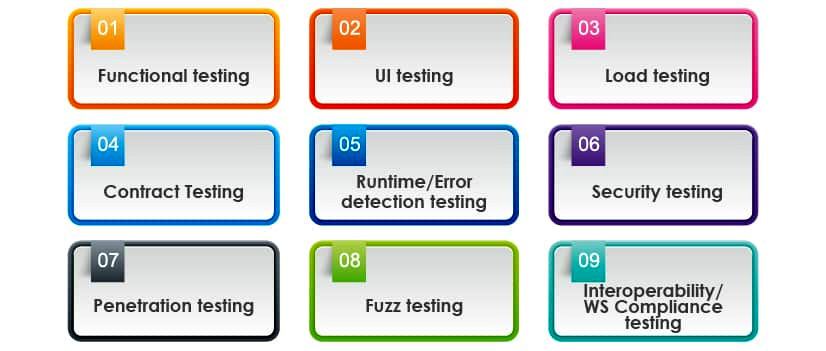
What Kinds of API Testing Can One Do?
- Functionality testing — the API functions and does precisely what it’s supposed to do.
- Load testing — the API can work through a massive number of calls
- Reliability tests — the API can be consonantly connected to and lead to consistent results.
- Unit tests – where individual units or the components in a software are tested.
- Penetration testing – also called the pen test, it is a simulated and coordinated cyber attack.
- Creativity testing — the API can handle being utilized in varying ways.
- API Security testing — the API has expounded on security requirements, such as access control, authentication, and permissions. Look for API security tips for protecting vital data.
- Integration testing – this is where software modules are logically integrated and tested together. This is mainly done on the user interfaces.
- Proficiency testing — the API increases what software developers can do.
- Fuzz testing – this is an automated software testing method that helps you introduce malformed, invalid, unexpected, and extreme inputs into a system.
- API documentation testing — can also be called discovery testing. This API documentation easily guides the user.
- Negative Testing — checking for every type of wrong input the user can supply
The types of tests you will run will vary, but these are general API test examples; as you can see, they are similar to the reasons why you would seek to test your API:
- Verifying API return values based on the input condition
- Confirming if the API doesn’t return anything at all or the wrong results
- Studying if the API triggers some other event or calls a different API
- Ensuring if the API is updating any data structures.
Automated Testing Tools vs Manual Testing Tools
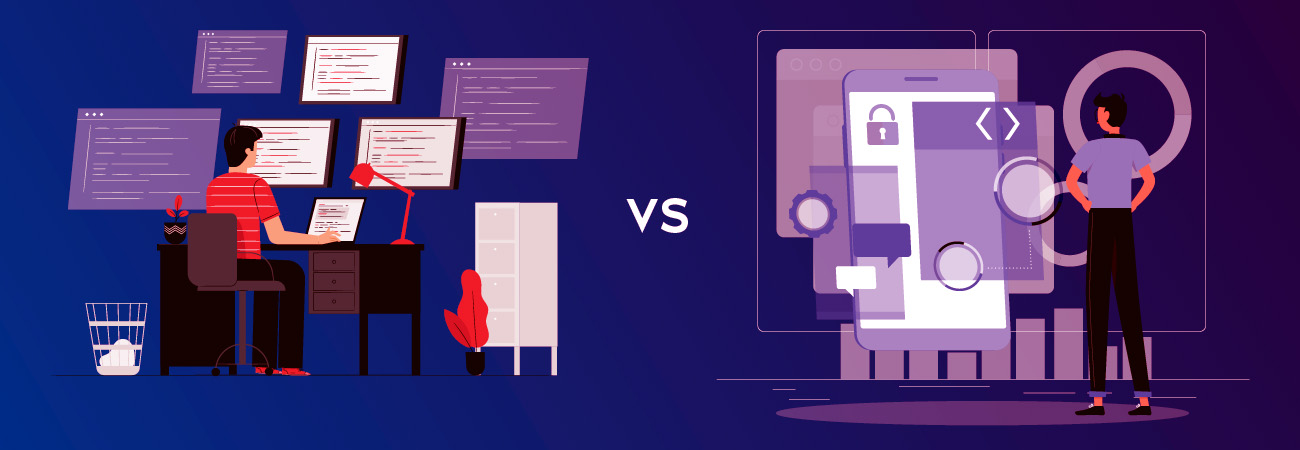
What is the contrast between Automated Testing and Manual Testing? Automated Testing needs you to utilize a testing tool, such as SoapUI pro, while manual Testing consists of writing your code to test the API. Application Programming Interface testing is one of the domains where automated Testing is powerfully recommended, particularly in agile development, DevOps, and continuous delivery cycles.
It would be best if you used manual Testing when performing the following tests:
- Exploratory Testing
- Usability testing
- Ad-hoc Testing
It would be advisable to use automated testing for the following:
- API Functional Testing
- Dynamic Testing
- Repeated test design
- API Performance tests
- Testing protocols in a single, unified framework
- Data-driven Testing
- Analyzing your functional test coverage to identify what you’re missing
- Load testing
- Error testing
- Validation testing
- Testing in multiple languages
- Regression testing
Of course, you can perform automated Application Programming Interface testing in several other cases. API testing automated even permits you to test in tandem with development. What is crucial is when you have little to no time.
API usability testing should continue to be a manual testing priority, making sure to create a better, more straightforward developer experience. If you’re looking for a fast and straightforward manual testing experience, test out the new automated tool from Swagger, Swagger Inspector. It’s super straightforward to use testing tools that you can use right in your browser.
Application Programming Interface Testing Best Practices

Before you set off on your own and get started with API testing of your very own, here are ten tips we want you to keep in mind when Application Programming Interface testing!
- Test for the standard or expected results first.
- Increase stress on the system via a series of API load tests.
- Look for failure. Make sure you understand in what way your API will fail. Just ensure that it fails gracefully and consistently.
- Ensure to group test cases by test category.
- Rank API function calls so that it will be straightforward for testers to test easily and quickly.
- Limit the tests from numerous variables as possible by keeping them as isolated as possible
- See how it functions under unforeseen issues and loads by throwing as much as possible.
- Perform well-planned call sequencing
- Create test cases for any possible API input combinations for complete test coverage.
- Automate at any point that you can
One more:
- If something doesn’t make sense, trust your gut!
Start Testing Your APIs Today

ReadyAPI offers the industry’s most extensive and easy-to-learn API testing functionalities. Based on open core technology proven by millions of community members, ReadyAPI aids you by ensuring that your APIs function as intended and meet your business requirements, business logic, team skill data sets, and timeframes right from the start. It’s equipped with advanced technologies and features you won’t get in other test tools. The all-in-one automated REST API and SOAP API testing tool that’s one of a kind offered at the API layer among web services/web api. No one understands APIs better than SmartBear.
Why You Should Functionally Test APIs, and GUI Testing is not Adequate
Application Programming Interface testing develops a more reliable code. However, historically, testers would do testing at the GUI level. When the developer is done with their work, they will hand it off to the QA engineer. The engineers had limited time, so that they would test the code at the highest level – the GUI. Developers used this to cover both the frontend and the backend development.
Unfortunately, GUI testing is too brittle, and the GUI automated scripts break easily. Additionally, teams can’t wait for the whole system to be updated and the GUI ready before testing. This was sufficient for manual testing and the beginning of API test automation but isn’t suitable for the age of continuous testing and agile testing.
Currently, agile testing must take place at a lower level, that is at the API level. Developers can even do it themselves. Because of “API contracts”, you can even create API tests before development is done. This means developers can seek confirmation on their code based on pre-written tests (Test Driven Development). This is geared towards debugging error codes.
The Functional API Testing Challenge

But despite the commonly known benefit of Application Programming Interface testing, it doesn’t always get done. Agile Developers don’t have the luxury of time. According to the standard, developers only code one day a week; the rest of their time is spent with meetings, testing, documentation, and validation. So they try to have hardening sprints (which isn’t agile, is it) where manual testing occurs, but it takes too long. It’s challenging to get functional API testing completed in the two weeks while you also need to develop, test, validate and get the documentation done, which affects the API response time.
The API Automated Functional Testing Solution
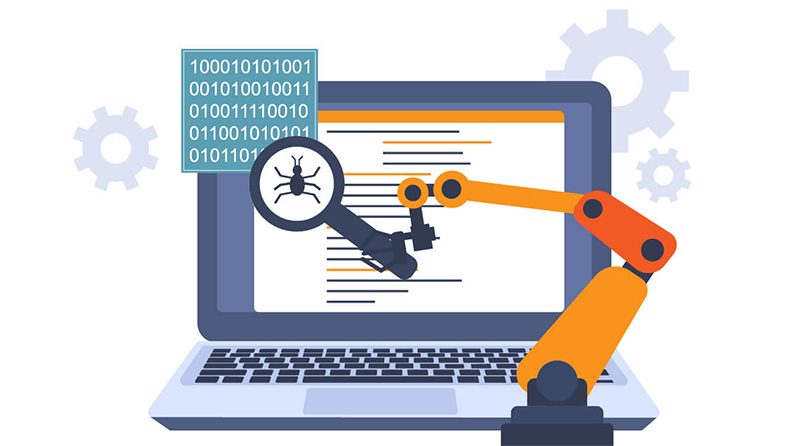
Automating API testing makes developing quicker and clears up developers’ time to do other things, such as write code. Automating also enables covering the entire scope of tests more easily: SQL injection, positive, negative, and edge case, among others. This ensures you leave nothing to chance, and all permutations and parameters are tested. Agile development groups that attempt to push their APIs might either test one or two positive test flows, or one negative and the other positive, and call that a success. But this is not comprehensive API testing and opens the door for unnecessary release threats because several variants are missed, and full validation isn’t achieved.
For instance, an API takes an artist’s name and a song release date. A positive flow will test the date and name and see if they function. Once the response is appropriately received, the API works.
But what about the harmful and edge cases? For example, inserting a valid date but no book, changing the date format, a long name or the proper date format for a year that doesn’t exist, inserting a SQL code that grants data to the DB, among others. These are just a few samples out of several variants that require to be tested, although they are not covered in the contract.
Software Developers and testers require an easy way to create tests that cover all of these aspects. We recommend you search for a solution to take your Swagger or similar framework files, test them entirely according to your API contract, and run them as part of your Continuous Integration testing process. This ensures you can focus on developing durable and robust code.
To start your API Functionalities tests (with 1,000 free monthly API calls for API Functional Testing), you can request a BlazeMeter demo.

